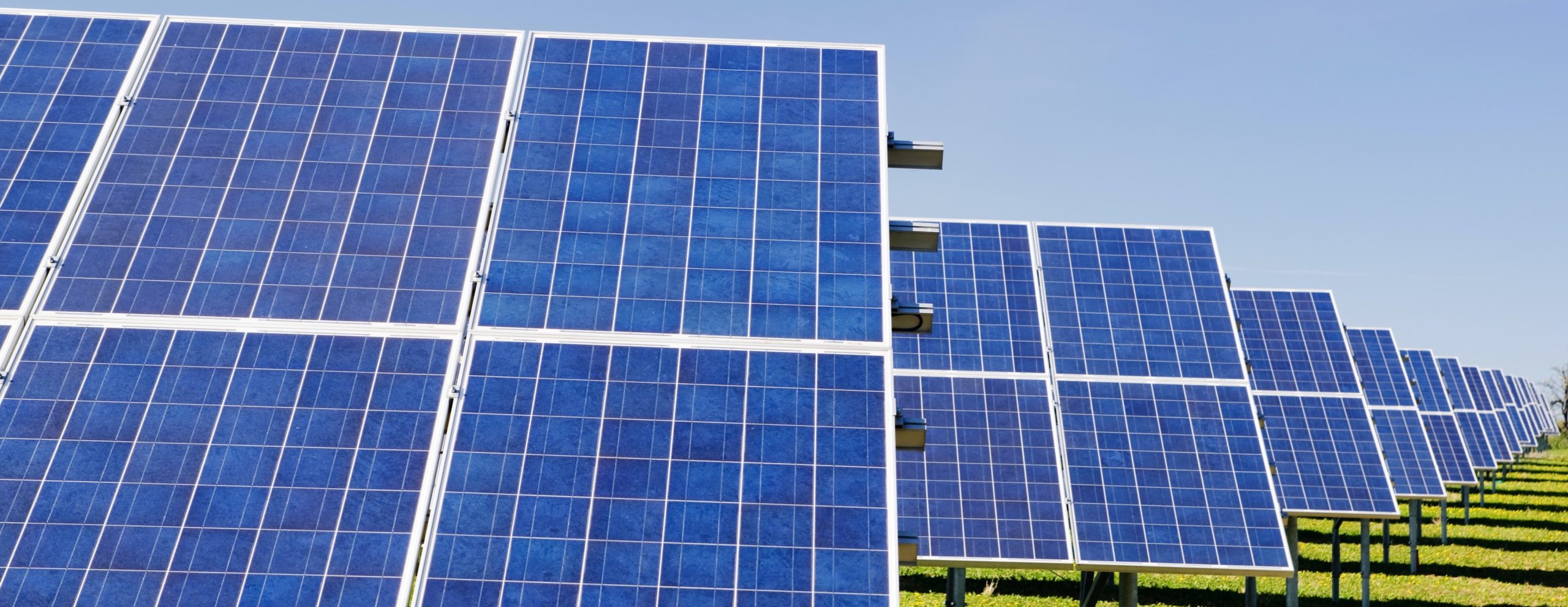A solar panel is a device that converts sunlight into electricity. It consists of a number of photovoltaic cells, which are made of semiconductor materials such as silicon. When sunlight hits the cells, it excites the electrons in the semiconductor material, causing them to flow and generate an electric current.
The photovoltaic cells are arranged in a grid pattern on the surface of the solar panel. Each cell is connected to its neighbors by conductive wires, which allow the electric current to flow through the panel. The cells are also covered by a layer of glass or plastic, which helps to protect them from the elements and keep them clean.
Solar panels are designed to be mounted on rooftops or other structures, such as poles or ground-mounted arrays. They are typically angled towards the sun to maximize the amount of sunlight that hits the cells and to improve their efficiency.
When the sun shines on a solar panel, the photovoltaic cells absorb the energy and convert it into electricity. The electricity is then sent through an inverter, which converts it from direct current (DC) to alternating current (AC). This is the type of electricity that is used in homes and businesses.
The amount of electricity that a solar panel can produce depends on a number of factors, including the size of the panel, the efficiency of the cells, and the intensity of the sunlight. In general, solar panels are more efficient in sunny, warm climates than they are in cooler, cloudier areas.
Solar panels are an increasingly popular way to generate electricity, as they are a clean, renewable source of energy that does not produce any greenhouse gases. They are also relatively simple to install and maintain, and can be used to power homes, businesses, and even entire communities. Overall, solar panels are a promising technology that can help to reduce our reliance on fossil fuels and protect the environment for future generations.

Leave a Reply